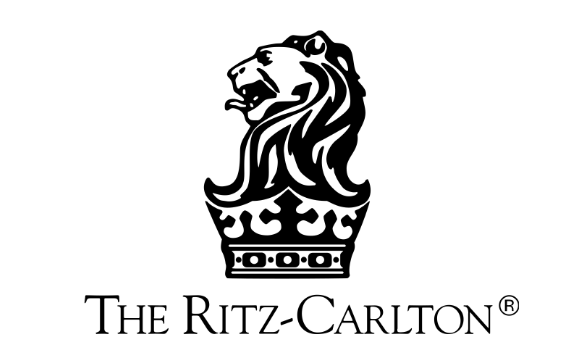If your culture is coming up short, it might be time to take a look at your brand.
When Big begins a branding project with an organization, the CEO and CMO typically say they want to “tell a more compelling story to our customers.” We certainly agree. If your brand story doesn’t connect with your customers, you’re in trouble. But when you only focus on your customers, you may be forgetting perhaps the most important—and impactful—brand audience: your employees.
So what makes employees so important? And why are they often overlooked? At Big, we believe employees are your organization’s best brand ambassadors. Every day, your employees deliver your brand promise to your customers. In the most direct way, sales and customer service employees are engaging customers and (hopefully) bringing the brand story to life.
But when it comes to delivering the brand promise, even “back room” employees can make an impact—by supporting the sales team, maintaining quality or going above and beyond to fulfill an order. Every step of your process offers an opportunity to advance your brand promise. You might’ve heard the story of how every Ritz Carlton employee is empowered to spend up to $2,000 per guest, per incident. That display of trust and empowerment has had a significant impact on the brand experience.

Conversely, a lack of brand awareness among employees can have just as much of an impact. We once worked with a company whose low-level management team made the decision to cut costs by eliminating a valuable customer welcome kit. In another example, a company’s brand promise of “high quality” conflicted with the manufacturing team’s efforts to cut costs. In both circumstances, employees had good intentions—but they didn’t realize their decisions would undermine the brand story.
Every organization instinctively knows this. Yet so few find ways to engage employees in the brand and build a brand-centric culture. That’s because the typical approach to employee communication is so different from how we treat our customers.
For most organizations, internal communication, company culture and employee decision-making are summarized in the conventional ways—with a Mission Statement, a Vision Statement and Organizational Values. From a strategic perspective, these are useful. They help the executive team navigate change and stay focused on what’s important. But as the foundation for a brand-centric culture, they fall short. They’re long-winded. They’re vague. They’re abstract. Most importantly, they don’t communicate the brand’s personality or get employees engaged in the story.

On the flip side, customer communication couldn’t be more different. It’s fully optimized and fine-tuned for consumption—with exciting messaging, engaging visuals and straightforward language. We all understand the importance of developing concise and compelling stories for customers. Yet companies plaster their Mission Statement and Values on emails, cards and signs and expect employees to unpack every nuance. How does an employee prioritize goals when individual values like “Quality, Efficiency and Environmental Sustainability” seem to be at odds? And do you really need to document values like “Integrity” or “Service,” if they’re the basic tenants of doing business?
The truth is, many organizations don’t think to build a company culture around their brand. But when they do, the difference is remarkable. Nearly every time we roll out a new or refreshed brand, employees say they gain a clearer understanding of the organization and their role within it. In fact, clients often report that following a branding project, their employees are more energized and focused on delivering value.
Why? Because a brand speaks to the heart as well as the head. It uses a broader toolbox of words, sounds and visuals to communicate and build connection. And it can articulate the ideas and feelings of an organization in ways that are far easier to understand and much more compelling than corporate statements.

That’s why when we introduce a new brand, we strongly encourage our clients to treat the internal rollout with as much importance as the external rollout. Throw a party. Tell the story. Give out promotional items. And show your employees how much you value them.
It’s a small price to pay when you think about how many times a day each employee interacts with customers or shapes customer experiences. When you engage employees in the brand story, you help them deliver your brand promise without needing explicit instructions or a written policy.
If your company culture is missing that spark, start with your brand. Because empowering your employees as brand ambassadors instantly turbo-charges your brand impact.
Ben Gregory
Director of Strategy
